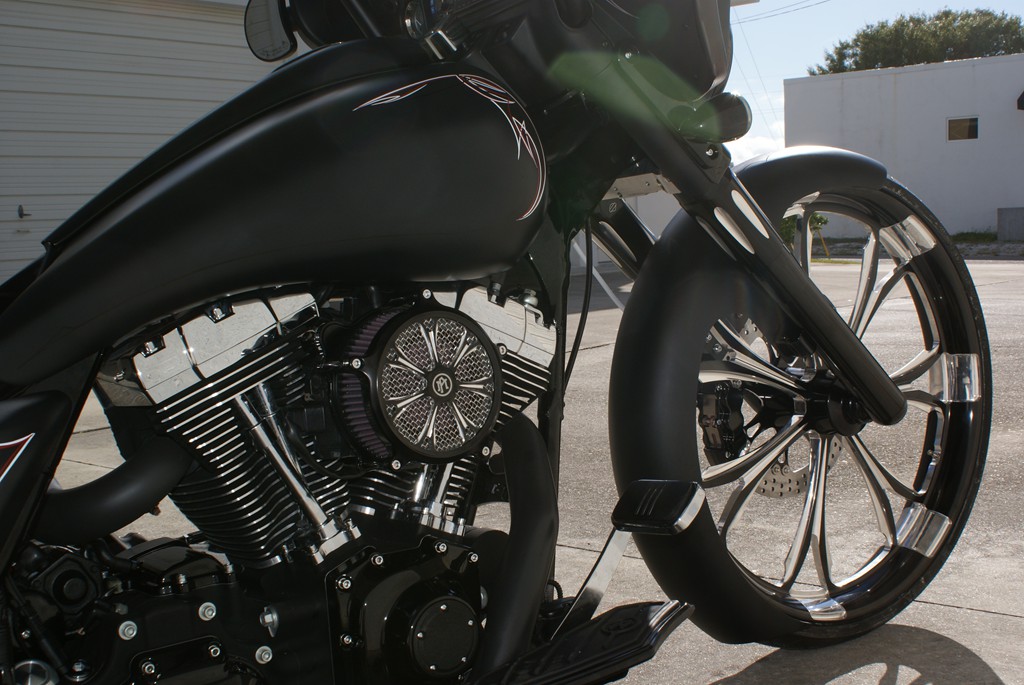
50mm for FF: if you're making the same picture, you need the same angle of view, so the half-size format needs half as long a lens (because its formed image needs to be half as tall and wide to fit on an MFT sensor haft the linear size of the FF sensor). MFT sensors are half the linear size of FF, or 1/4 the area, so you might think that an MFT lens could be four times ( two stops) faster than the same lens for FF since it only needs to cover 1/4 the area.īut consider that the "normal" lens on MFT is 25mm, vs. Just to keep it simple, let's consider full-frame (FF) vs. Where on the meter do you set sensor size?į-stops are "dimensionless numbers" that normalize physical apertures to focal lengths, so that the "concentrating properties" of smaller sensors fall out of the equation-along with the differing magnification powers of the same lens when used on different-sized sensors or film frames.
#Aps c to full frame conversion iso#
Think about it: if you have a handheld light meter, you have settings for ISO and shutter speed (or frame rate), and you read out an aperture. But that 50mm f/1.4 is also four times faster than the full-frame 16-35mm f/2.8, too!

Put the 50mm on the 7D in place of the 17-55mm f/2.8, and you can shoot in 1/4 the light. The full-frame EF 50mm f1.4L USM collects four times as much light per unit of area as the APS-C EF-S 17-55mm f/2.8 IS USM with both lenses wide open. In a sense, the EF-S lens is more "efficient" in that it doesn't need to cover as large a sensor, so it can be smaller and lighter, but it gets there by not illuminating a larger image circle, not by "concentrating" light from a larger area onto a smaller sensor. The full-frame lens is bigger, heavier, and uses a larger filter because it has to cover a larger sensor area, not because it's any faster or slower. The EF-S 17-55mm f/2.8 IS USM (APS-C) puts exactly as much light on any given unit area of the sensor as the EF 16-35mm f/2.8L USM (full-frame), given the same f-stop on either lens. A stop is a stop doesn't matter whether the lens is set up for full-frame or APS-C.ĪPS-C vs full-frame concerns coverage area, not the inverse ratio of the aperture diameter to the focal length, which is how f-stops are determined (f-number = focal length / diameter of effective aperture). Since he is such an awesome person he took the time out of his busy schedule to reply with an excellent answer to my question which I will share bellow for any other confused souls who stumble onto this thread. Thanks for the responses guys, I also emailed the great Adam Wilt over at


 0 kommentar(er)
0 kommentar(er)
